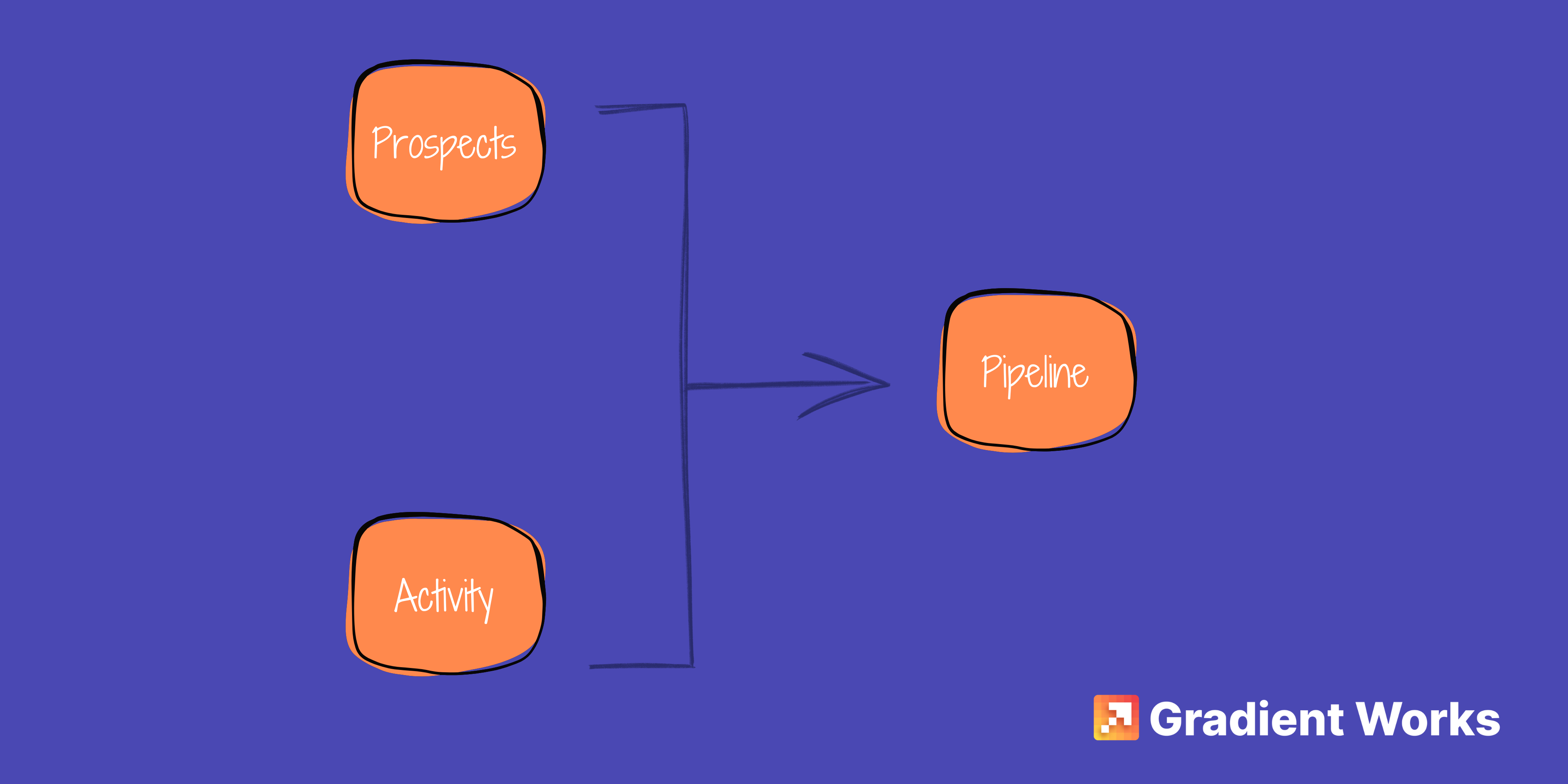We’ve all heard it: “Just change the subject line.” “Try this new call script.” “Personalize more.”
But if your pipeline’s still dry in Q2, it might not be the message. It might be the system.
A few weeks back, I read a post that asked: “We rolled out new named accounts in February, but pipeline’s down. How should we measure book quality?”
Great question. Because before you start rewriting sequences or launching a new enablement push, you need to debug what’s actually wrong. Most outbound shortfalls come from one of two places:
- Reps aren’t engaging enough of their book.
- The book isn’t full of accounts worth engaging.
How to figure out what's actually broken
Let’s borrow from a recent LinkedIn post from Gradient Works CEO, Hayes Davis, that outlines a simple 3-step process for getting to the root of the problem. (Seriously, check out the full article—it’s solid.) Here's how to apply it in real life:
Step 1: Isolate the segment
Start with a quick comparison:
Which teams or segments are falling short vs. last year? Maybe your commercial AEs are off pace while mid-market is fine. Build a report that shows which accounts the underperforming group is targeting and compare year-over-year pipeline creation.
You're not just chasing numbers here—you’re narrowing in on where the system might be broken.
Step 2: Check rep behavior
Before you blame the books, make sure reps are actually working them. Have you defined clear activity benchmarks? Do you know what “good multithreading” looks like on your team?
If reps aren’t hitting minimum thresholds—or if too many accounts are untouched—your first stop is coaching and accountability.
But if they’re doing the work, and still not generating opps? Now we’re talking book quality.
Step 3: Diagnose book quality
This is where it gets spicy. Pull the opportunity creation rate for each rep or team. That’s the percentage of accounts they engaged that turned into opportunities.
Low opp creation with high activity? That’s a red flag for bad account fit or bad timing.
Either your ICP definition needs a refresh, or reps need better tools to prioritize outreach—like clustering accounts by signals or recent activity, not just old firmographic data.
The implementation fix: dynamic > static
If you’ve diagnosed that account quality is the problem, don’t start another round of territory planning. Start thinking dynamically.
Reps don’t need 2,000 accounts in their name. They need 200 high-quality accounts, refreshed regularly, that are actually worth working.
That’s the promise of dynamic books—focused, flexible books that are:
- Scored before they’re assigned
- Continuously refreshed
- Returned if not worked
We’ve seen Gradient Works customers use this model to lift win rates from 13% to 20%+ and see real pipeline gains. One of our customers, literally found new revenue just by shrinking books. One rep closed a deal in a week that had been buried in a massive, unworked list.
Bonus: Your tech stack gets smarted, too
Here’s something you don’t realize until after the shift: when reps only see a tight book of accounts, every tool in your stack gets better.
- Outreach sequences are cleaner.
- LinkedIn alerts are actually manageable.
Call coaching is sharper because it’s the same persona over and over.
Procurify said they went from 500 sequences to just one. One! That’s because everyone was working the same cluster and could A/B test in a focused way.
Bottom ling: Doing less, better
The goal isn’t just “more pipeline.” It’s more efficient pipeline. And that doesn’t come from more calls or better subject lines alone. It comes from aligning strategy, execution, and systems.
So if your team’s struggling this quarter, ask yourself:
- Are my reps focused on the best accounts?
- Do we even know what “best” means anymore?
- Do I have the data to debug this at the system level?
If not, now’s the time to fix that. You don’t need a better sequence. You need a better system.





